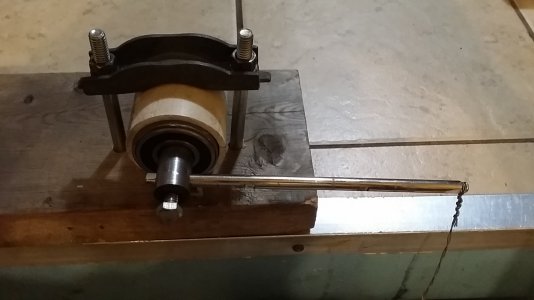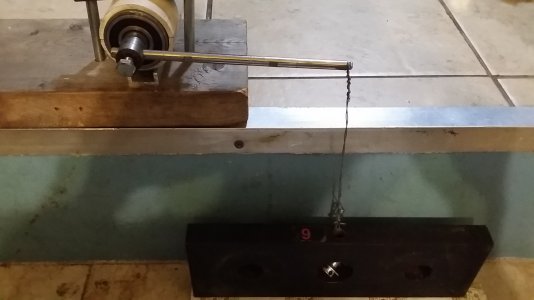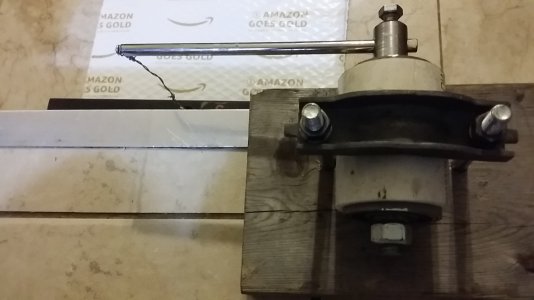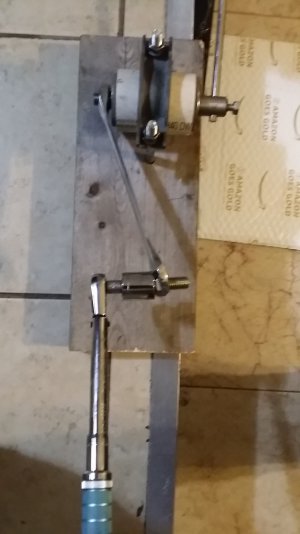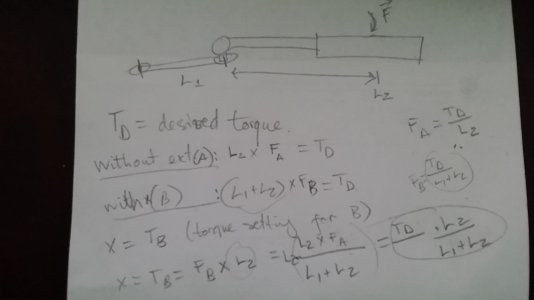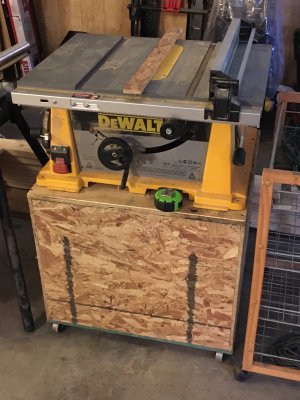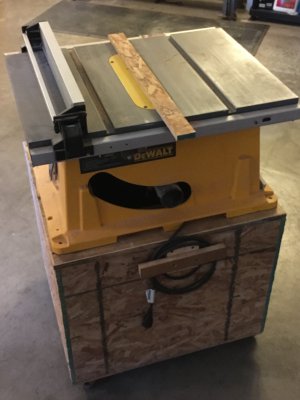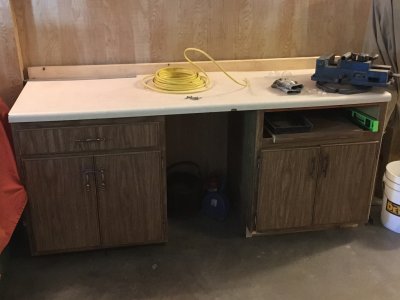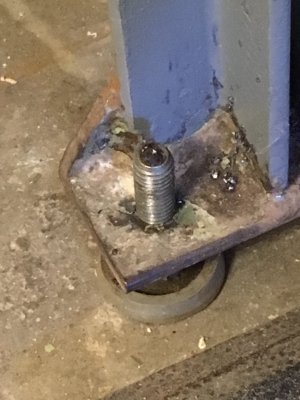I saw someone on you tube used that method before. I posted it here because partly seeing that and now here. Maybe someone need to verify with weight (I may do it later ). One way to check the formula is setting A at 0, meaning no extension, then your force must be equaled to the torque number using the formula. However, the longer the bar, we know the less you need to press, not equalled.
Edit: read again my logic above and it doesn't make sense, and formula seems correct. I will update later after doing some math
I will have to double check this since I used my method for torquing my diesel engine head bolt using an extension adapter.
Edit: read again my logic above and it doesn't make sense, and formula seems correct. I will update later after doing some math
I will have to double check this since I used my method for torquing my diesel engine head bolt using an extension adapter.
Last edited:


